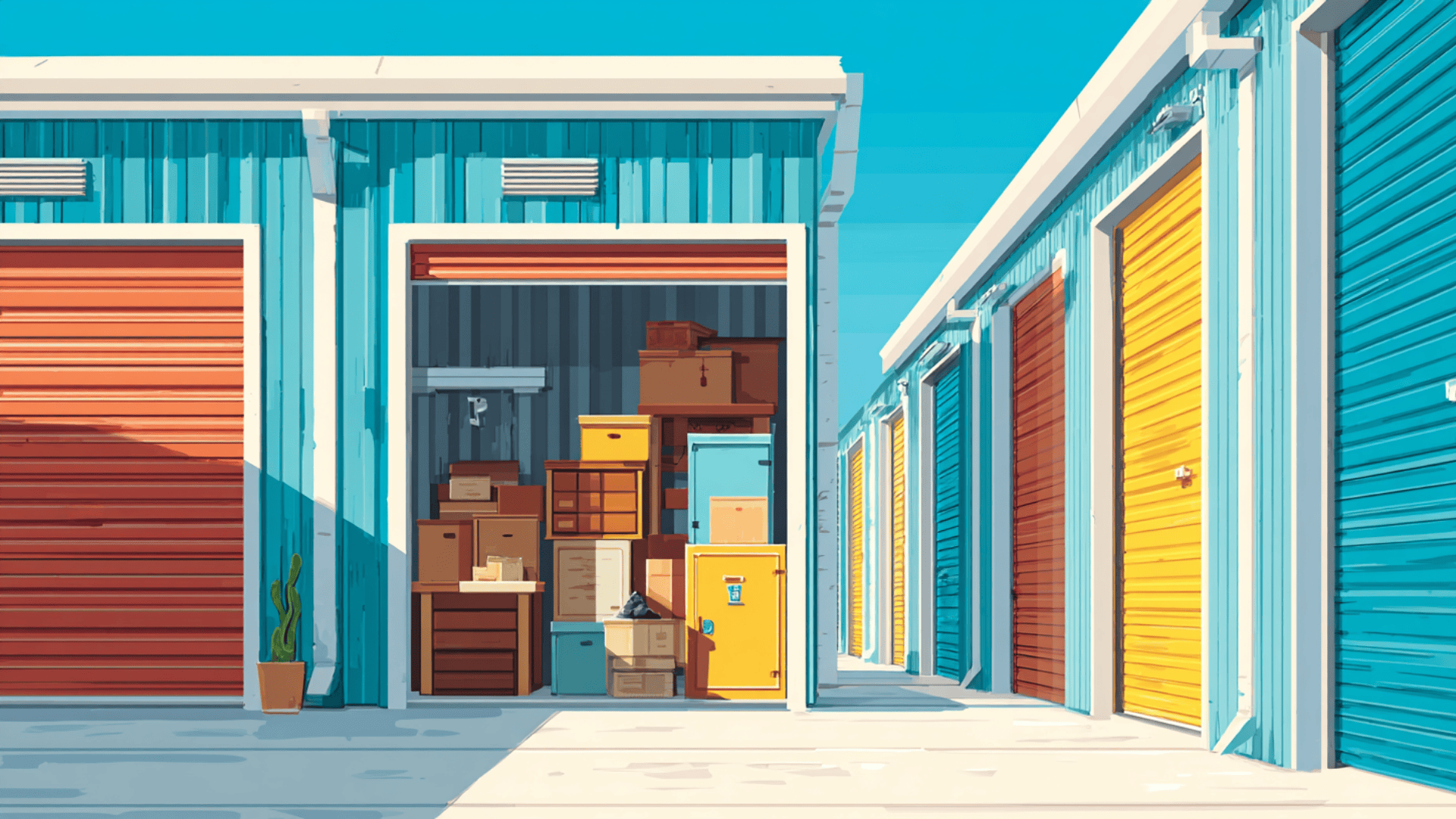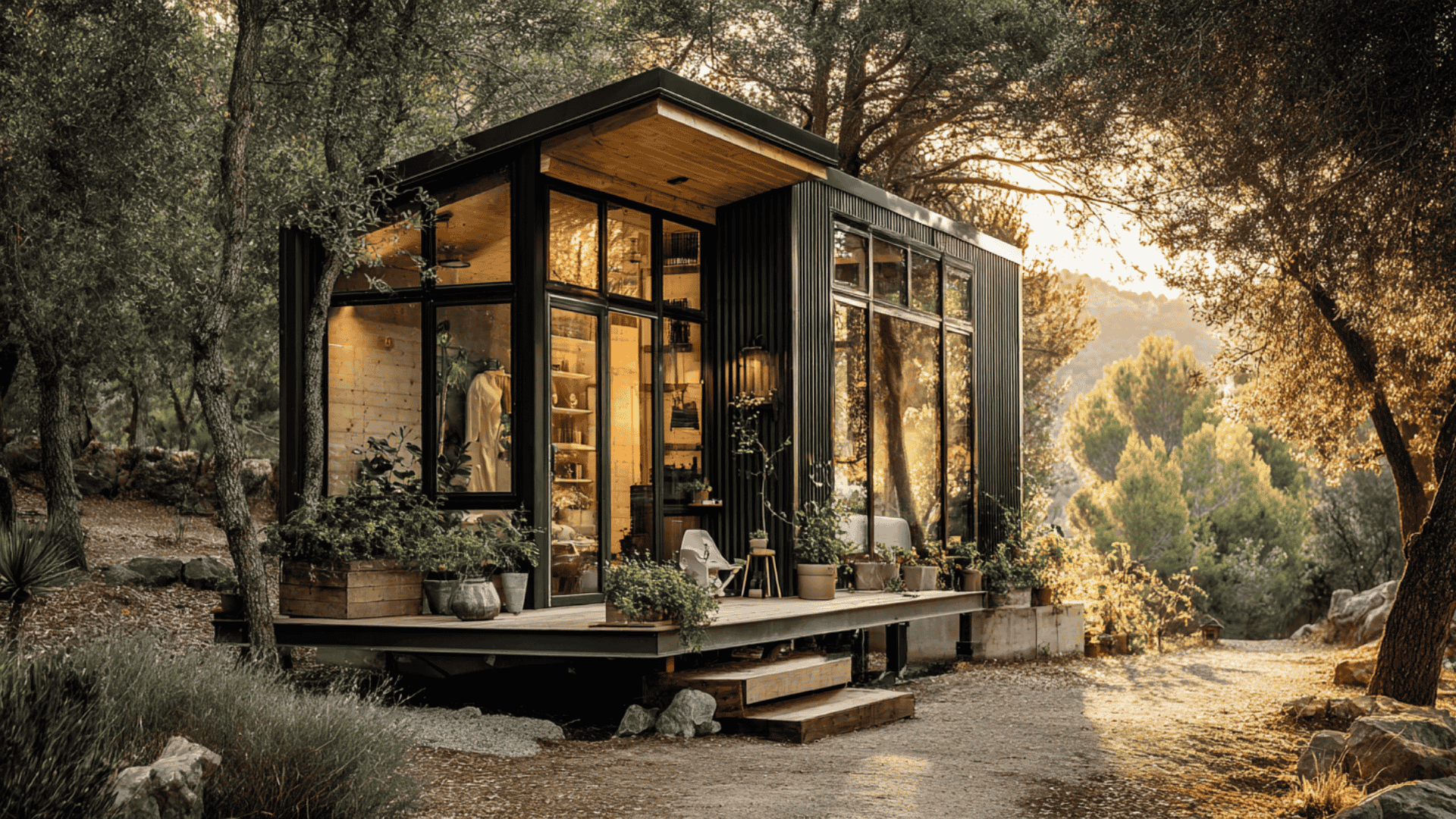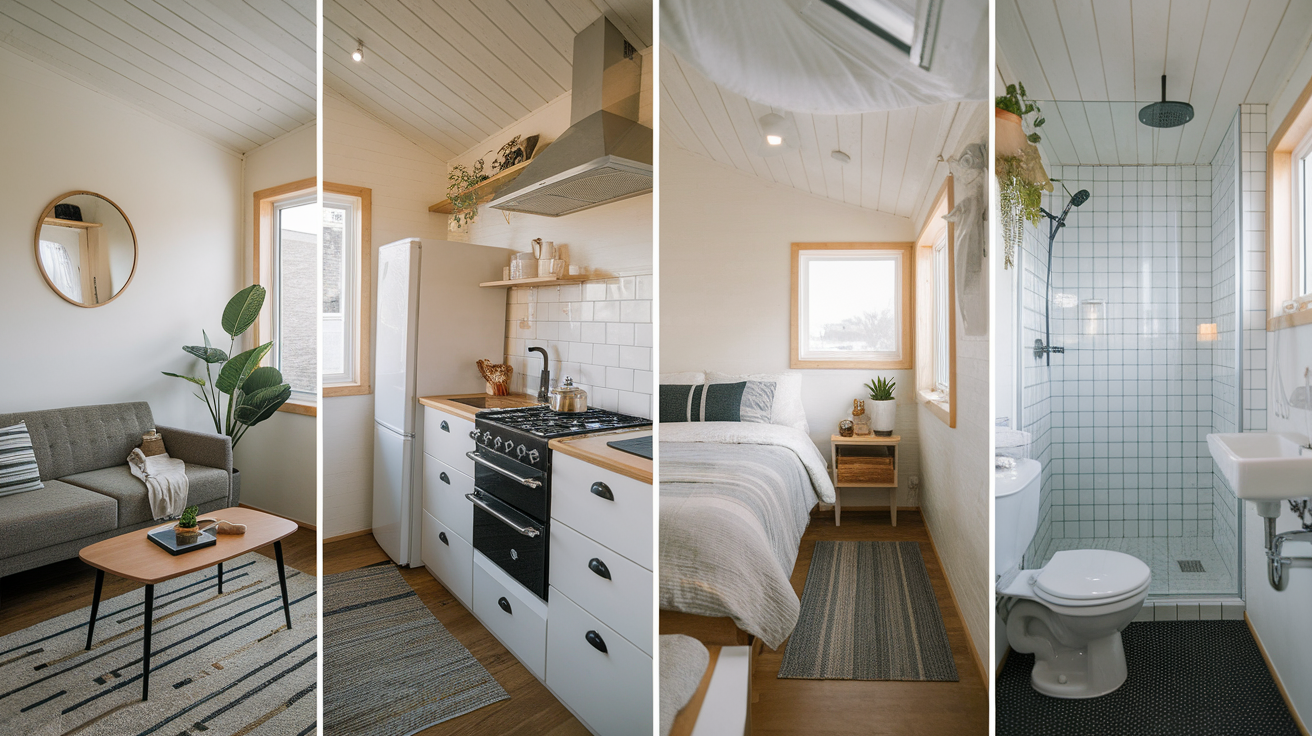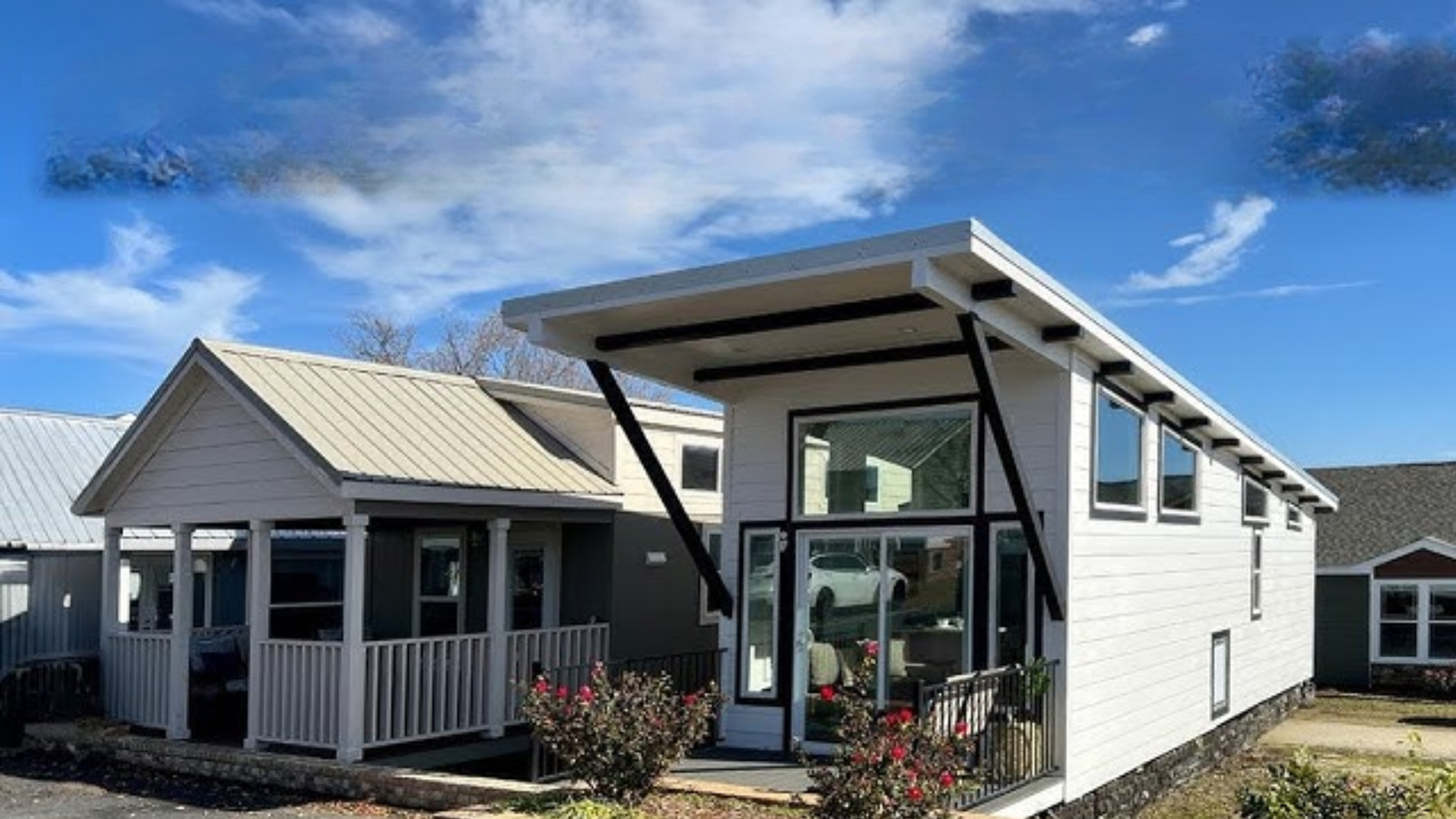When you rent a storage unit, your biggest concern isn’t just space; it’s safety. Fires, theft, or water damage can happen when you least expect it, and that’s where storage unit insurance steps in.
Many people assume their belongings are automatically covered, but that’s not always the case. Some policies only protect part of what’s stored, leaving gaps that can cost you later.
Today, I’ll walk you through what storage insurance actually covers, what it doesn’t, the costs involved, and how to choose the best option for your situation. I’ll also share practical steps and insider tips to make sure your belongings stay protected.
What is Storage Unit Insurance and Why You Need It
Storage unit insurance, sometimes called tenant insurance, protects your belongings when they’re kept outside your home, like in a rented storage space. It covers losses from things like fire, theft, or water damage, depending on your policy.
Most storage facilities require you to have insurance before you move your stuff in. It’s their way of making sure your belongings are protected since they aren’t responsible if something happens.
The facility’s job is to keep the space secure, not to cover your personal losses.
Now, if you already have renters’ insurance for a storage unit, you might have some protection built in.
Many renters’ policies include off-premises coverage, which means they can cover items stored somewhere else. But in most cases, that coverage is limited to usually around 10% of your total personal property amount.
In my experience, this limited coverage isn’t enough if you’re storing high-value items like furniture, electronics, or collectibles. That’s why I always suggest checking your policy first.
If your current insurance doesn’t offer enough protection, getting separate storage insurance gives you peace of mind. It ensures you won’t lose out if something unexpected happens.
Understanding What’s Covered and What’s Not
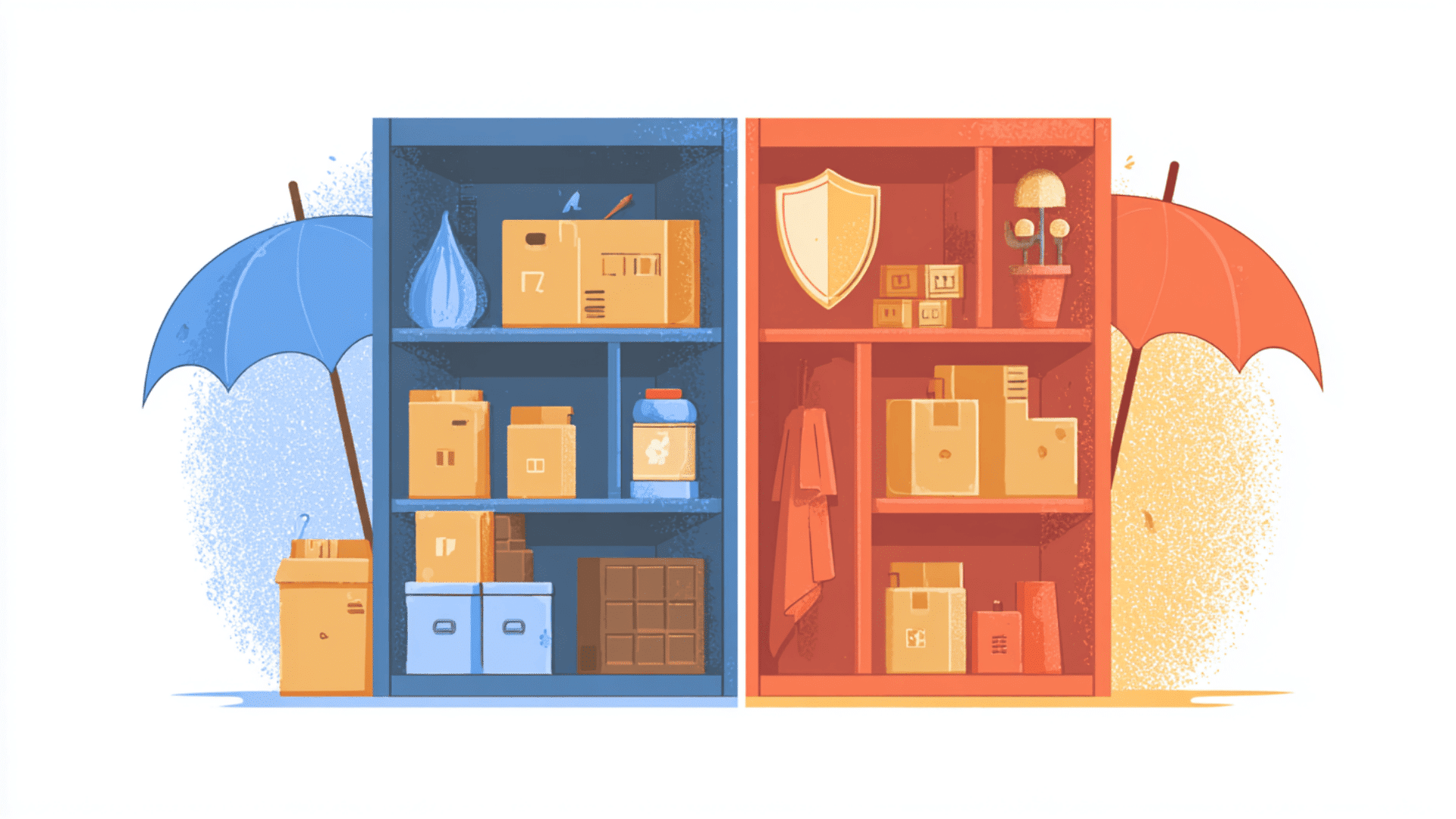
Before you choose a policy, it helps to know exactly what storage unit insurance protects, and where the gaps are. Let’s break down the common events that are covered and the ones most policies leave out.
What Storage Unit Insurance Covers
Storage unit insurance protects your belongings from specific risks, often called “named perils.” These are the events your policy clearly lists as covered. It’s important to know what’s included so you understand where you’re truly protected.
Here are some of the most common things storage insurance covers:
- Fire and smoke damage: Protects your belongings if a fire breaks out in or near the facility.
- Theft or burglary: Covers stolen items if there’s clear evidence of forced entry.
- Water damage: Applies to leaks or burst pipes, but not flooding from heavy rain or rising water.
- Wind, hail, or tornado damage: Helps if your unit or the building is hit by severe weather.
- Vandalism: Covers intentional damage caused by others.
- Lightning or explosions: Protects from sudden electrical or fire-related accidents.
In my experience, most people don’t realize some categories have coverage limits. High-value items like jewelry, antiques, art, or expensive electronics might only be partially protected.
If you’re storing those, you’ll want to double-check your policy and see if you can add extra coverage. It’s a small step that can make a big difference later.
What’s Not Covered (Common Exclusions)
Even the best storage unit insurance has its limits. Some situations just aren’t covered, and knowing them early can save you trouble later.
Here are the most common exclusions to watch out for:
- Floods or rising water: Damage from natural flooding usually isn’t included unless you buy separate flood coverage.
- Mold and mildew: Most policies won’t cover slow damage caused by dampness or poor ventilation.
- Pests or vermin: Damage from insects, rodents, or other pests is excluded.
- Cash, jewelry, or fine art: High-value or irreplaceable items often have little to no coverage.
- Vehicles: Cars, boats, or motorcycles typically need their own insurance.
You might also see something called a “mysterious disappearance” listed as an exclusion. That means if something goes missing without signs of forced entry or clear proof of theft, it won’t be covered.
How to Avoid a Claim Denial:
- Use a strong, facility-approved lock on your unit.
- Keep a photo or video inventory of everything you store.
- Save receipts or proof of value for expensive items.
- Report any theft or damage right away and document everything.
From what I’ve seen, most denied claims come down to missing documentation or unclear evidence. A little preparation now can make a big difference if you ever need to file a claim.
Types of Insurance Coverage Options

When it comes to protecting your belongings, you’ve got a few ways to get coverage. Each option works a little differently; you should know what fits your situation best.
1. Existing Homeowners or Renters Insurance
If you already have a homeowners or renters policy, it may include off-premises coverage.
However, this coverage usually has limits. Most policies cap it at around 10% of your total personal property coverage. So, if your belongings are worth more than that, you might not be fully protected.
In my experience, the best way to check is to call your insurance agent. Ask how much coverage applies to items kept in storage and if you can extend it. Sometimes, you can add an endorsement or small upgrade to increase your limits.
2. Storage Facility-Offered Insurance
Many storage companies offer insurance directly through the facility, and it’s quite convenient. You can sign up when you rent your unit, and the cost is often added to your monthly payment.
These plans usually cover basic risks like fire, theft, and vandalism, but they come with lower coverage limits and several exclusions. For example, floods, mold, and high-value items might not be covered at all.
If you’re considering this route, take a few minutes to read the fine print. Compare the coverage amount to the value of your belongings, and check what’s excluded.
These plans are fine for short-term or lower-value storage but not ideal for expensive items.
3. Third-Party Storage Insurance Providers
If you want more control and higher protection, third-party storage insurance might be your best bet. Independent providers often offer broader coverage and higher limits, sometimes up to $15,000 or more.
They also tend to cover additional risks that facility plans don’t, like water damage or certain natural disasters. Some popular providers include MiniCo, Discount Storage Insurance, and Manna Insurance Group.
From what I’ve seen, third-party insurance gives you the most flexibility. You can shop around, compare prices, and pick a policy that truly matches what you’re storing. It’s a great choice if your items hold real value or sentimental importance.
How Much Does Storage Unit Insurance Cost?
The cost of storage unit insurance usually depends on what you’re storing and where. On average, you can expect to pay between $7 and $45 per month for coverage.
In my experience, the price often comes down to three main things:
- Value of your belongings: Higher-value items need more coverage, which raises the premium.
- Location: Units in areas with higher theft or weather risks may cost more to insure.
- Provider type: Prices differ between storage facility plans and independent providers.
To give you a clearer idea, here’s a simple comparison:
| Provider Type | Average Cost | Coverage Range | Common Features |
|---|---|---|---|
| Storage Facility Insurance | $8–$20 | Up to $5,000 | Easy to add, limited coverage, may exclude floods/pests |
| Third-Party Provider | $15–$40 | Up to $15,000+ | Broader protection, customizable plans, higher limits |
| Homeowners/Renters Policy Extension | Varies (add-on) | 10% of property coverage | Limited off-premises coverage, depends on existing policy |
In short, facility plans are cheaper but more restrictive, while third-party policies offer better protection for a bit more money. If you’re storing valuable furniture, collectibles, or electronics, that extra coverage is usually worth it.
Best Storage Unit Insurance Providers
Here are some strong providers, with how they stack up, what they offer, and how independent plans compare with facility-bundled ones:
1. MiniCo Insurance Agency, LLC (Independent Provider)

Programs Offered: Offers a wide range of limits under its “TenantOne Direct” and “Pay-With-Rent” programs.
Coverage Limits: Up to $75,000 under TenantOne Direct.
Deductible: $0 deductible in many plans.
What’s Covered: Fire, smoke, burglary, lightning, windstorm, hail, water damage, building collapse, explosion, vandalism, riot, rodent or vermin damage.
What’s Not Covered: Floods (rising water) and certain high-value items like jewelry, watches, or precious stones.
Notes: Policies can be purchased for one month or longer and are available in all 50 states.
2. SnapNsure Insurance Services LLC (Independent Provider)

Price Tiers:
- $2,000 coverage ≈ $8.99/month
- $3,000 ≈ $14.99/month
- $5,000 ≈ $19.99/month
- $10,000 ≈ $34.99/month
- $15,000 ≈ $44.99/month
- $20,000 ≈ $62.99/month
- $25,000 ≈ $72.99/month
Coverage Limit: Up to $25,000 per unit, higher if underwritten separately.
Deductible: $100 for policies $10,000 and under; $500 for policies $15,000+; and 10% of loss for burglary claims.
What’s Covered: Fire, lightning, burglary (forced entry only), windstorm or hail, tornado, smoke, vandalism, water damage from roof leaks, collapse, and falling objects.
What’s Not Covered: Flood or rising water unless added as optional coverage; jewelry, watches, and precious metals.
3. Discount Storage Insurance (Independent Provider)
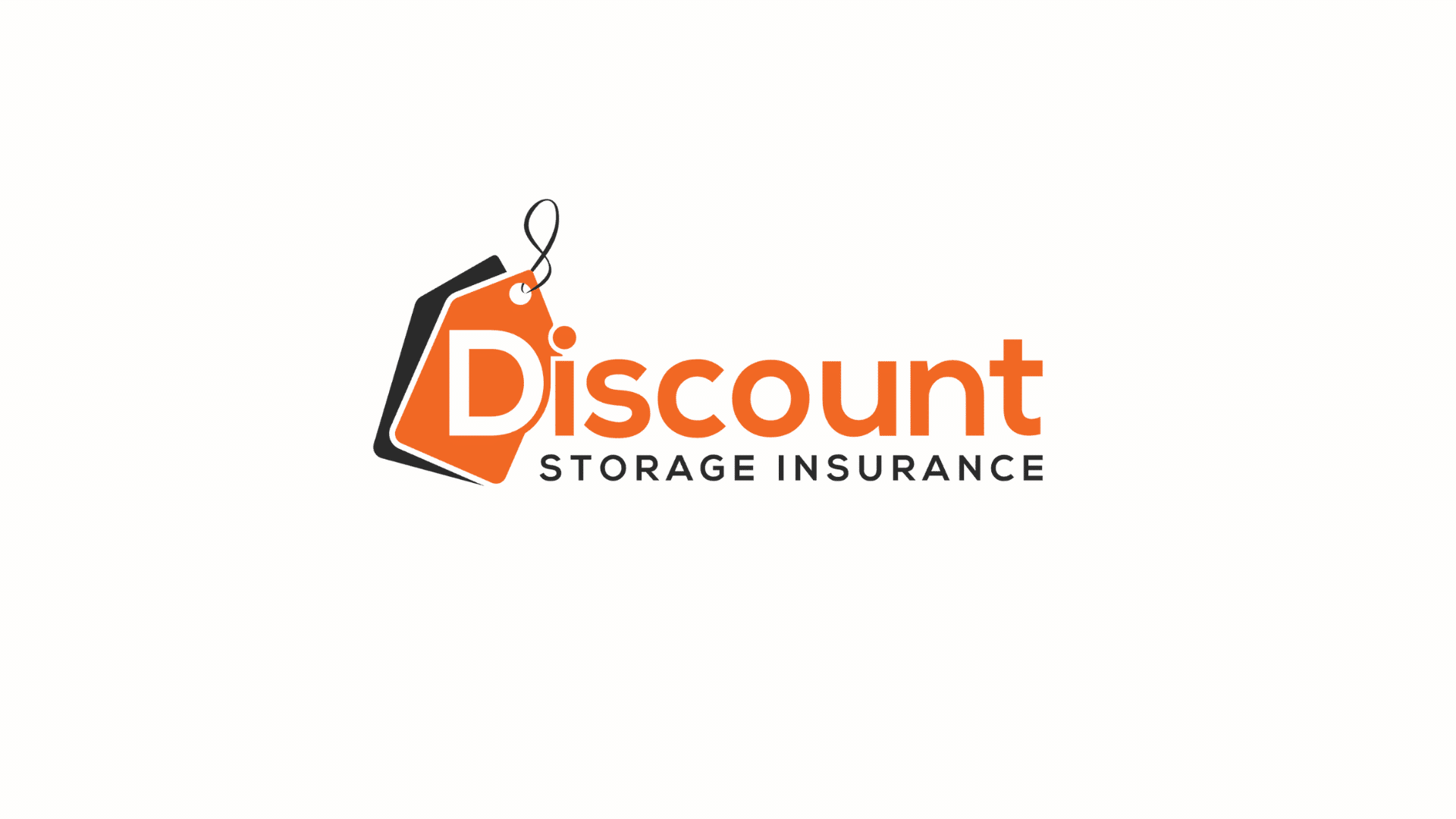
Starting Price:$7.99/month for coverage up to $5,000.
Coverage Limit: Up to $5,000 for standard stored contents.
Deductible: $100 deductible for up to $5,000 coverage.
Best For: Items of moderate value; low-cost protection for short- or mid-term storage.
Key Note: The limit may be too low if you’re storing high-value or collectible items.
4. Ponderosa Insurance Agency LLC – Branded as “Safestor Tenant Insurance” (Facility-Partnered Plan)

Monthly Premiums:
- $1,000 coverage ≈ $7.95/month
- $5,000 coverage ≈ $10.95/month
- $10,000 coverage ≈ $20.95/month
- $15,000 coverage ≈ $35.95/month
Coverage: Losses caused by vermin, lightning, wind, hail, fire, smoke, earthquake, building collapse, hurricane, explosion, vandalism, burglary, and leaking water.
Deductible: $100.
Best For: People who want an easy, facility-bundled plan with moderate coverage.
Caveat: Exclusions apply; high-value items often need separate protection.
5. Existing Homeowners or Renters Insurance Extension

Type of Coverage:Off-premises coverage for items stored away from home.
Typical Limit: Around 10% of your personal property coverage, depending on policy and state.
Cost: Included in your current insurance premium; no separate fee listed.
Best For: Low-value belongings that fit within existing coverage limits.
Important: Check whether your policy extends to storage units and if the limits are enough for your needs.
Choosing Providers to Protect Your Belongings
If you’re trying to decide which storage unit insurance fits your needs, here’s a simple comparison. It highlights what each provider offers and the cost.
| Provider | Typical Price* | Coverage Limit |
|---|---|---|
| MiniCo | Varies (no public monthly tiers) | Up to $75,000 |
| SnapNsure |
From $8.99/month for $2,000; |
Up to $25,000 or more |
| Discount Storage Insurance | From $7.99/month for up to $5,000 coverage | Up to $5,000 |
| Safestor (via Ponderosa) | $7.95/month for $1k; $10.95 for $5k; $20.95 for $10k; $35.95 for $15k |
Up to $15,000 |
| Existing Policy Extension (Renters/Homeowners) | Varies by policy | Often ~10% of personal property coverage |
How to Get Insurance Coverage (Step-by-Step)
Getting the right insurance for your stored items is easier when you know what to do. Here’s a simple step-by-step guide to help you get proper coverage without missing anything important:
- Inventory Your Items: Make a list of everything you’re putting in storage. Include photos, receipts, or estimated values so you’ll know how much coverage you actually need.
- Check Your Existing Policies: Look at your homeowners or renters insurance first. See if it includes off-premises coverage for items in storage and note the limits.
- Get Quotes from Multiple Providers: Don’t just take the first offer. Compare prices and coverage from facility plans and independent providers. A few minutes of research can save you money.
- Compare Coverage Limits and Exclusions: Go beyond the headline number. Check what’s excluded, like floods or pests, and whether high-value items need extra protection.
- Review the Fine Print and Claims Process: Understand how to file a claim, what evidence you’ll need, and how quickly payouts are made. Reading the details now prevents surprises later.
Downloadable Resource:
[Printable Storage Insurance Checklist] – Use this checklist to track your items, compare quotes, and stay organized while choosing your policy.
How to File a Claim If Something Happens

If something goes wrong with your storage unit, like a break-in or fire, filing a claim the right way helps you get your payout faster. Here’s what to do and what to prepare before you call your insurer:
1. Gather All Your Documentation
Start by collecting proof of what happened. You’ll usually need:
- Photos or videos showing the damage or missing items.
- A police report if theft or vandalism occurred.
- Receipts or records proving the value of your belongings.
- Your insurance policy number and unit details.
Having everything ready makes the process smoother and avoids delays.
2. Contact Your Insurance Provider
Once you’ve gathered your documents, reach out to your insurer right away. Most companies have a dedicated claims department or 24/7 phone line.
- Explain what happened clearly and honestly.
- Ask about any forms or steps you need to complete.
- Keep a record of who you spoke with and the date.
In my experience, quick reporting often leads to faster claim processing and fewer complications.
3. Avoid These Common Mistakes
- Waiting too long to report the loss.
- Throwing away damaged items before taking photos.
- Forgetting to keep receipts or proof of ownership.
- Not checking your policy’s exclusions before filing.
Filing a claim can feel stressful, but being prepared makes all the difference. With good records and clear communication, you’ll have a much smoother experience and a better chance of getting the full value of your claim.
Tips for Maximizing Protection
Use Climate-Controlled Units for Sensitive Items: Temperature and humidity changes can damage wood, electronics, and fabrics. A climate-controlled unit helps prevent warping, mold, or rust.
Avoid Storing Irreplaceable Valuables: Items like jewelry, art, family heirlooms, or important documents are better kept at home or in a safe deposit box. Even with insurance, some things can’t truly be replaced.
Keep Digital Copies of Your Inventory Lists: Store photos, videos, and receipts in a secure cloud folder or email them to yourself. It makes filing a claim easier if anything goes missing or gets damaged.
Combine Storage and Renters Policies if Possible: Some insurers will let you extend your renters insurance to cover stored items. It’s often cheaper and ensures your coverage stays consistent under one policy.
In my experience, the people who stay organized and take these small precautions rarely face major issues later. A little extra care now can save you a lot of stress if something unexpected happens.
Wrapping Up
Protecting your belongings in storage isn’t just about locking the door; it’s about having the right storage unit insurance to back you up when things go wrong.
The best policies don’t just replace lost items; they give you peace of mind knowing your valuables are covered against life’s surprises.
In my experience, the smartest move is to stay proactive. Update your coverage regularly, document your items, and understand your policy inside out. Taking these steps now saves you time, money, and stress later.
If you haven’t checked your coverage yet, do it today. Compare options, review the details, and choose a plan that truly protects what matters most.

